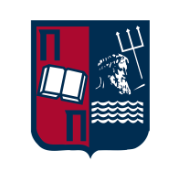Learning Outcomes
The students upon the successful completion of the course will be able:
- to evaluate the quality of the data to be analyzed and apply the appropriate data pre-processing techniques,
- to select the appropriate data mining technique based on requirements and data type,
- to design and develop data warehouses,
- to use the appropriate data mining techniques and tools to extract knowledge from data collections,
- to evaluate the quality of data mining results.
Course Contents
- Introduction to the fundamental data mining concepts and techniques: main steps of knowledge and data discovery, requirements of developing data mining approaches.
- Data pre-processing: data cleaning, transformation, dimensionality reduction.
- Data warehouses: multidimensional models, architecture, implementation of data warehouses, OLAP.
- Clustering: partitional, hierarchical, density-based, grid-based, spectral clustering, clustering applications.
- Classification: Bayesian classifiers, decision trees, k-nearest neighbors.
- Association rules: Apriori, representative association rules.
- Quality assessment in data mining: evaluation of classification models, association rules interestingness measures, cluster validity.
- Web mining: link analysis, text mining, web search, PageRank.
Recommended Readings
- Han J. & Kamber M. (2006): Data Mining: Concepts and Techniques, 2nd Edition, Morgan Kaufmann.
- Chakrabarti S. (2002): Mining the Web, Discovering Knowledge from Hypertext Data, Morgan Kaufman Publishers.

